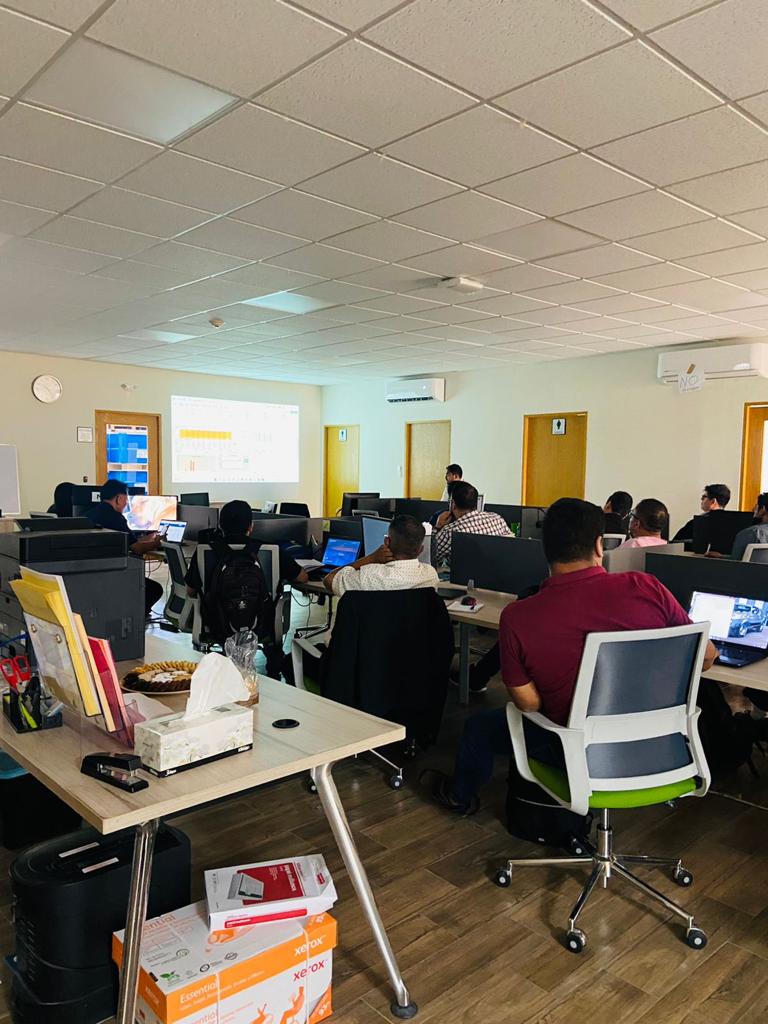How We Help Our Customers Get the Best Possible Castings, Extrusions and Machined Parts
“Our manufacturing supplier cannot deliver zero-defect quality.” This is something we at MES often hear during our meetings with prospective new customers. It’s also one of the biggest obstacles some lighting, transportation, and EV companies have in sourcing their own manufacturing suppliers.
But, to stay competitive in a global economy, zero-defect manufactured parts and components are essential.
It’s also one of the main reasons we require our worldwide network of suppliers and our own MES quality engineers to participate in exacting and rigorous annual training on our Statistical Process Control (SPC) methodology.
What is SPC?
The American Society for Quality (ASQ) defines SPC as a means to “monitor process behavior, discover issues in internal systems, and find solutions for production issues”1
Put more simply, SPC is how MES helps ensure defect-free quality. For us, SPC is both a principal and a tool. With SPC, our quality engineers and vetted suppliers can more accurately monitor process performance, confirm process improvement, as well as identify common and special cause variations.
Our Director of Global Quality/Project, Khayphone Chindasack puts it this way:
“SPC is a quality-focused, data-driven methodology designed to prevent defects before mass production. We use it as an empowerment tool to help our suppliers compare and align their current processes with our best-in-class quality standards.”






